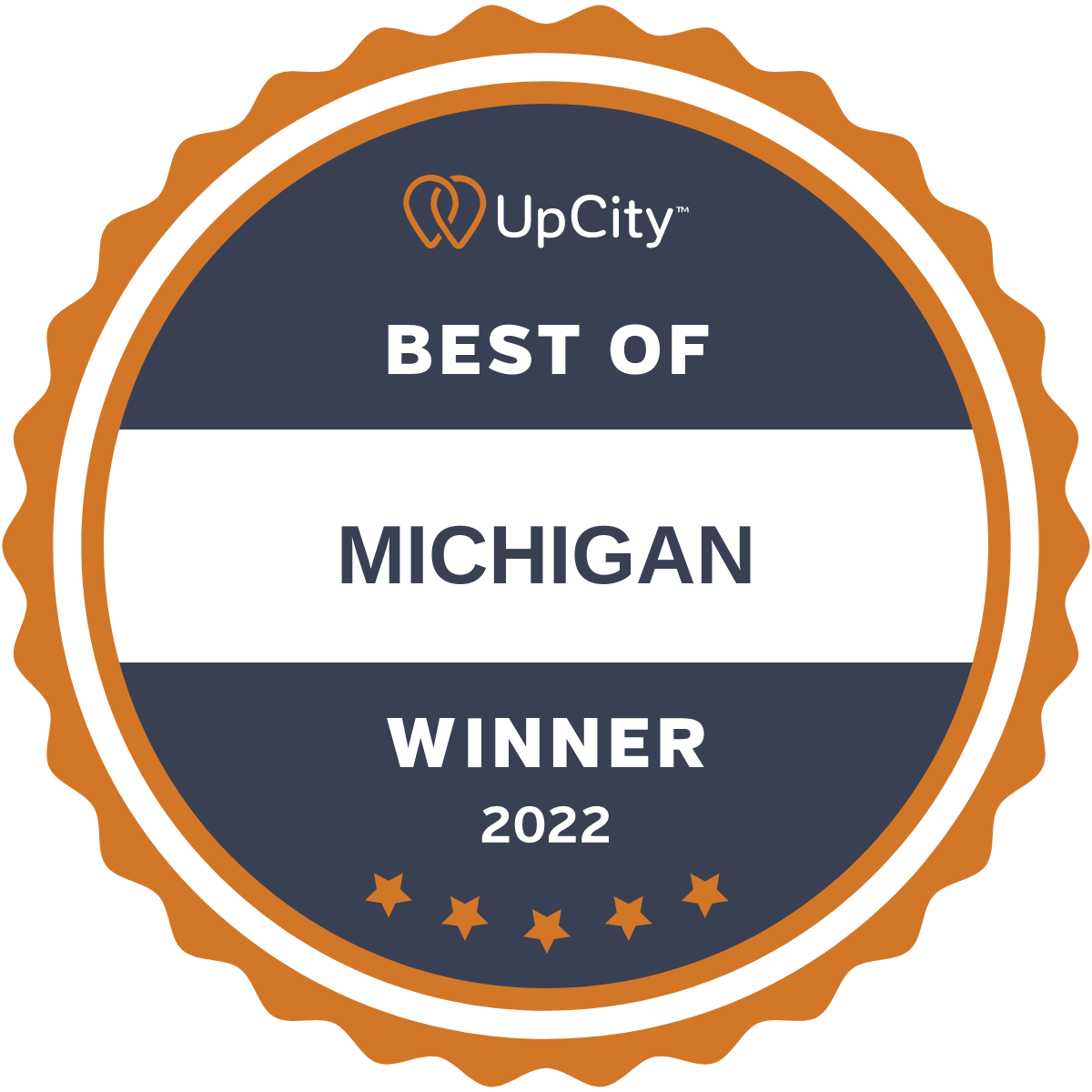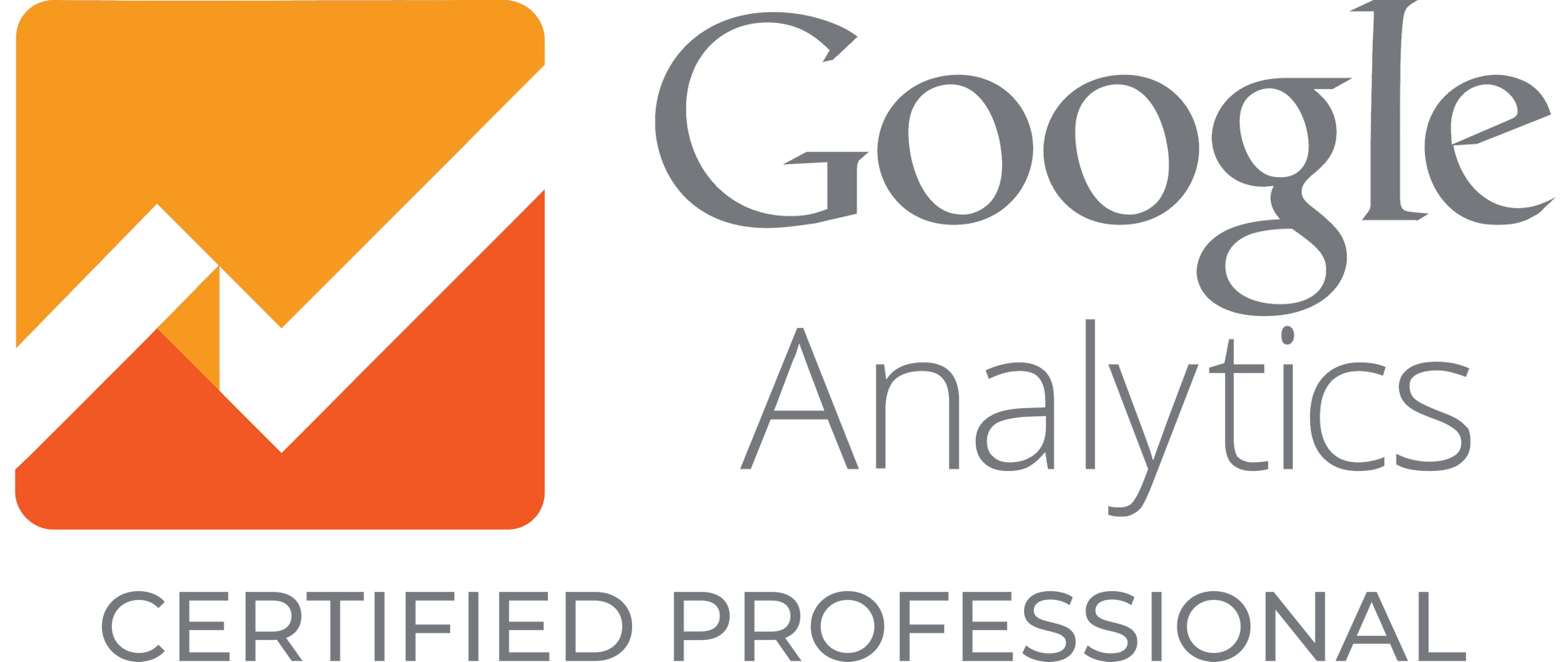What is the SEO Power of Web Design in 2024?
Crafting a successful website requires navigating two crucial aspects: user experience (UX) and search engine optimization (SEO). While SEO ensures your website appears in search results when people look for your products, UX focuses on making it easy for visitors to find what they need and enjoy the experience.
Achieving this balance can be challenging for website owners, particularly those with extensive product catalogs. The complexity is compounded by businesses often having separate SEO and web development teams. Even within the same organization, fostering collaboration to create a visually appealing, SEO-friendly website can be tricky. Web developers prioritize a clean and user-centric design, whereas SEO specialists aim for content-rich websites that rank well on search engines.
📲 Do you need a expert resource in search engine optimization and web design? Schedule a Call with Speck Designs. 📞
Attracting High-Intent Traffic with SEO
Organic traffic, the lifeblood of any successful website, refers to visitors who arrive through search engines without paid advertising. These are genuine users actively seeking information, and your website appears in the coveted top results that garner the most clicks. The statistics speak for themselves: the top search result captures over 25% of all clicks, with the second spot receiving 15% and engagement dropping significantly after that.
SEO web design goes beyond aesthetics, attracting a specific type of visitor known as "high-intent traffic." This translates to users actively searching for solutions related to your industry. The click-through rate skyrockets when your website appears at the top of search results, addressing their exact query. Even if they don't convert immediately, they've discovered your brand and established you as a trusted resource, planting the seed for future conversions. They know where to return for answers if future questions arise. This top-of-mind brand awareness nurtured through SEO-optimized web design is a goldmine for increasing conversions down the line.
The value of high-intent traffic surpasses other forms of website traffic. These motivated users actively seek solutions, making them more receptive to your offerings. By optimizing your website for search engines, you position yourself as the answer to their needs, fostering brand loyalty and ultimately driving valuable conversions.
How SEO Web Design is a Powerhouse for Digital Marketing
Imagine investing a single dollar and seeing a return of $100 – a mind-boggling return on investment (ROI). That's the potential impact of prioritizing user experience (UX) on your website. But the benefits go far beyond just pleasing your visitors. In today's digital landscape, a user-friendly website that excels in SEO is a recipe for success with search engines like Google. The king of search engines, Google has evolved its ranking algorithms to incorporate user experience-related metrics. Studies by Backlinko point to factors like dwell time (how long users stay on your page), mobile usability, and bounce rate (users who leave immediately), all playing a role in your website's ranking.
Think of it this way: SEO web design isn't just about ranking high; it's about creating a website that truly works for visitors. A well-optimized website is easy to navigate, with clear information architecture and intuitive design. This ensures users find what they're looking for quickly and efficiently, leading to a positive overall experience.
However, the benefits extend beyond user satisfaction. Google prioritizes ranking websites that deliver a positive user experience. After all, a search engine's primary function is to connect users with the best possible resources. By offering a user-friendly website, you're helping your visitors and building trust with Google, increasing your chances of landing on coveted top search results pages.
The beauty of SEO web design is that it can be a cost-effective marketing strategy. Many SEO improvements involve optimizing existing website elements or require minimal technical knowledge. Business owners with a basic understanding of website management can often implement basic SEO practices themselves or delegate tasks to a team member.
The key takeaway? SEO web design is a low-cost, high-reward approach to maximizing your website's impact. By prioritizing user experience and search engine optimization, you can achieve your marketing goals, increase brand awareness, and ultimately generate a significant return on your investment. It's a win-win for both your website visitors and your bottom line.
Bridging the Gap Between SEO and Design
The secret to a website that excels in design and SEO lies in fostering collaboration between web developers and SEO specialists. When these teams work together seamlessly, the website becomes fully optimized for user experience and search engine visibility. Remember, the ultimate goal is to deliver value to your customers. This translates to optimizing key website elements, crafting high-quality content, and designing an exceptional user experience – all working to elevate your search engine ranking.
One crucial aspect of SEO-friendliness is content indexability. Search engines need to be able to effortlessly crawl your website, meaning they can explore, read, and comprehend the content on each page. This is what makes your website eligible to appear in search results. For optimal crawling, your website's primary content should be in plain HTML text format. This format allows Google to understand the purpose of each page readily.
A common challenge arises when balancing web development and SEO: JavaScript versus HTML. While HTML offers clear advantages for search engines, it lacks the functionality provided by JavaScript frameworks like Angular or React, which are commonly used to create modern website features. Developers often favor JavaScript for its ability to shape the website's look and functionality. However, excessive JavaScript code can develop issues for search engines due to factors like code errors and client-side rendering. Processing this code takes significant time for Google – downloading, rendering, fetching external resources, and finally indexing the information. The more JavaScript you add, the greater the burden on Google's crawling and indexing processes. Both teams – web development and SEO – need to be aware of this impact, as it directly affects website speed and Google's crawl budget.
Metadata, also known as meta tags, plays a crucial role. This data, including title tags and meta descriptions, appears in search engine results. Optimizing your metadata is essential because of the high importance SEO experts place on title tags (often cited as the single most important SEO element).
Finally, your website's URL structure needs to be aligned with your SEO strategy. Each URL slug, the part of the URL specific to a webpage or blog post, should ideally contain your focus keyword. Conduct thorough keyword research before launching your website or redesigning existing pages and continue this practice for every new page you create. This helps Google understand which keywords to rank your pages for and keeps your URLs user-friendly. Since focus keywords are typically short phrases, your URLs become more memorable and more accessible when you type directly into the address bar, potentially leading to direct traffic.
You can create a website that thrives in search results and user satisfaction by prioritizing collaboration, content quality, and user experience alongside strategic SEO implementation. This harmonious approach ensures your website attracts visitors and converts them into loyal customers.










